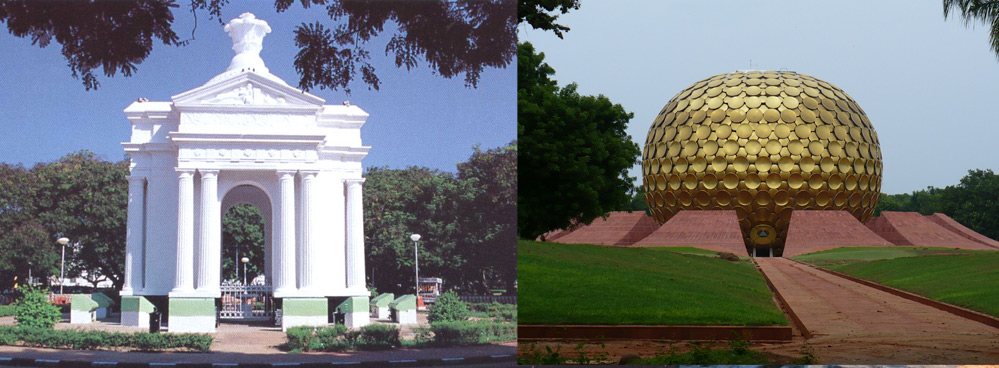Historical Interest
Known as the ‘French Riviera of the East’, Pondicherry is now called ‘Puducherry’ which means ‘New Town.’ Pondicherry only really came on the history map after The French East India Company established its presence here in 1674. Except for brief periods, they were largely in its possession till its formal takeover by India in 1962.
It’s the oldness of ‘New Town’ that is its most prominent feature and is best typified by the French Quarter close to the sea with its grid like pattern of shady cobbled streets lined with colonial houses in yellow or pristine white. Many streets still retain their French names. Road signs and even some menus are in French. A few people still speak the language.
Move to the relatively newer ‘Tamil Quarter’ and it’s typically boom-town India with its apparently confused melee of shop signs, bicycles, rickshaws and vehicles (in that order) and the houses with their inner courtyards and narrowraised verandahs giving directly on the streets.
Pondicherry is a city with an ambience unlike any other in India. It’s unique – like the 1.5 km Promenade that begins from the War Memorial and ends at the Dupleix Park on Goubert Ave. The sea sparkles on its one side and vivid clumps of bougainvillea burst over the compound walls of stately colonial buildings on the other.






